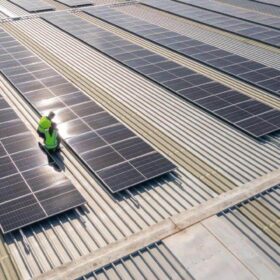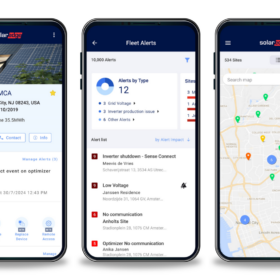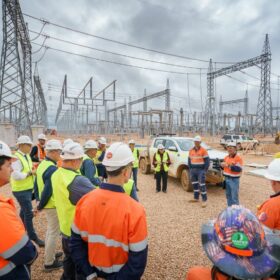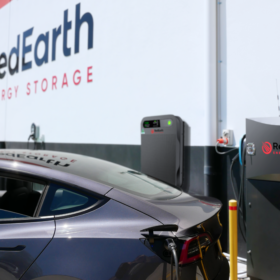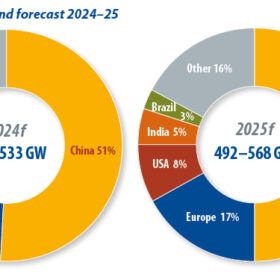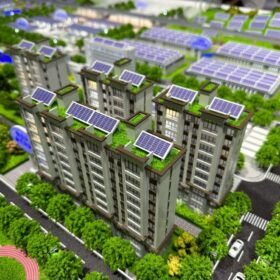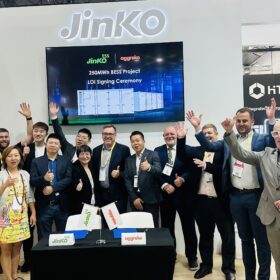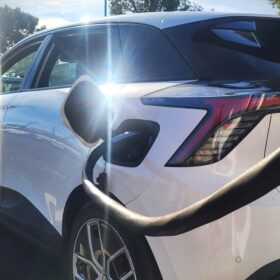Rooftop solar rollout reduces manufacturer’s grid reliance
Packaging manufacturing and recycling giant Visy Industries has announced the deployment of a combined 4.5 MW of solar across the rooftops at seven of its Australian sites as it seeks to reduce its reliance on grid-supplied electricity.
SolarEdge launches mobile app for residential, C&I solar installers
The company’s new mobile app is designed to combine all operations for solar installers, from installations and commissioning to management and servicing, in one streamlined platform.
EnergyConnect transmission project reaches tri-state milestone
The New South Wales, South Australia, and Victoria power grids have been successfully connected with the $2.3 billion EnergyConnect transmission infrastructure project now live, enabling renewable energy to be shared directly between the three states.
Rooftop rollout drives impressive growth for installers
Australia’s record uptake of rooftop solar is delivering significant benefits for some installers with new analysis by industry consultancy Solar Nerds showing triple-digit percentage point annual growth rates for some companies.
Sunways unveils three-phase inverters for rooftop PV
Sunways’ new three-phase inverters have efficiency ratings of up to 98.6% and European efficiency ratings of 98.2%. They are available in five versions, with power outputs ranging from 15 kW to 30 kW.
RedEarth reveals Australian-made plans for V2G tech
Queensland energy storage solutions provider RedEarth Energy Storage has partnered with German company ambibox to bring Australian-made vehicle-to-grid electric vehicle chargers to the market.
Global growth flatlines in face of uncertainty
Solar demand growth has been pulled back by policy changes and uncertainty but capacity additions in 2025 should still eclipse 2024. InfoLink’s Jonathan Chou examines the leading regions for solar installations.
Global installed PV capacity tops 2 TW
The Global Solar Council says global installed photovoltaic capacity has surpassed 2 TW. The organisation says an additional 4 TW of solar capacity will likely be deployed by 2030.
Global PV demand to hit 469 GW and 533 GW this year, says PV Infolink
PV InfoLink says that Chinese solar demand will reach between 240 GW and 260 GW this year, while European demand will hit 77 GW to 85 GW.
Anti-soiling coating increases PV panel current in arid regions by 64.7%
Scientists in Egypt have created an anti-soiling coating for solar panels by mixing ethanol, deionized water, ammonium hydroxide and tetraethyl orthosilicate. They tested a coated panel outdoors for ten months and found that the panel showed a 64.7% higher current compared to reference modules without coating.
